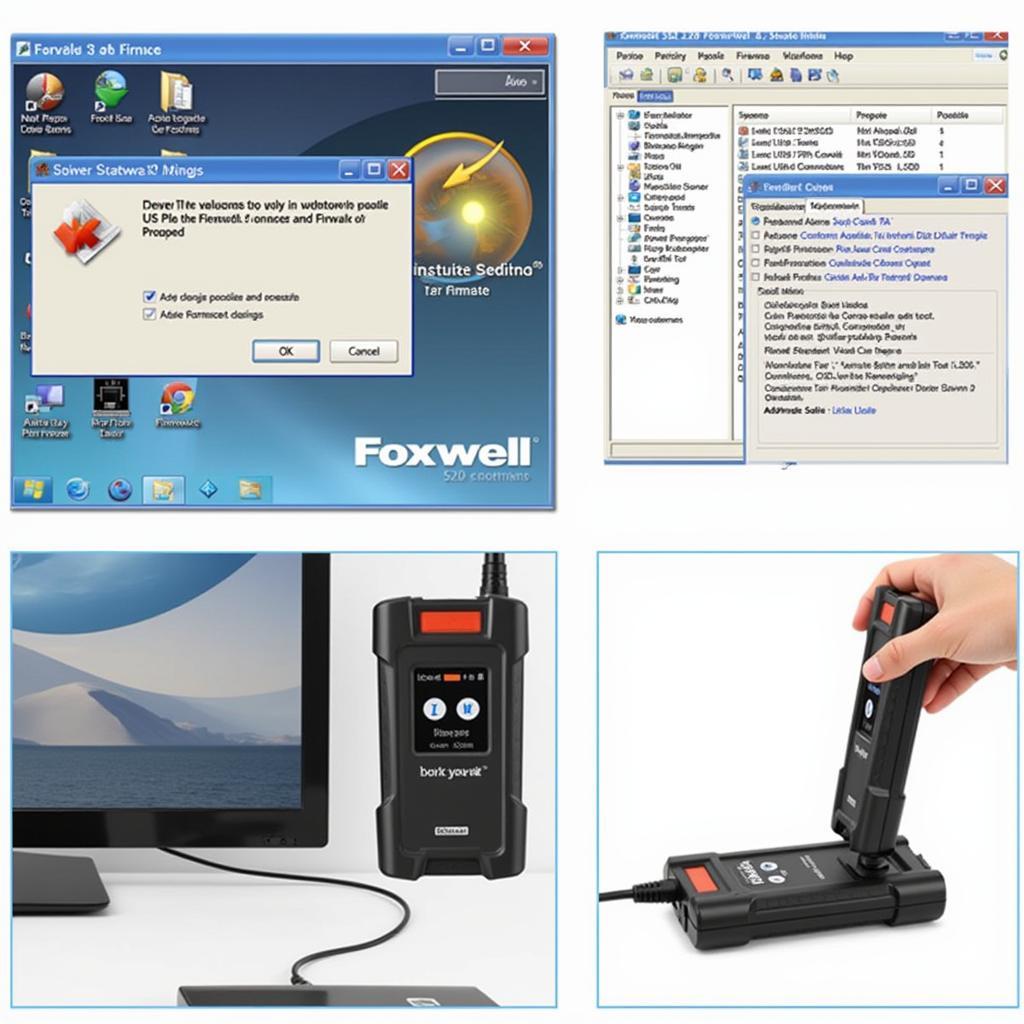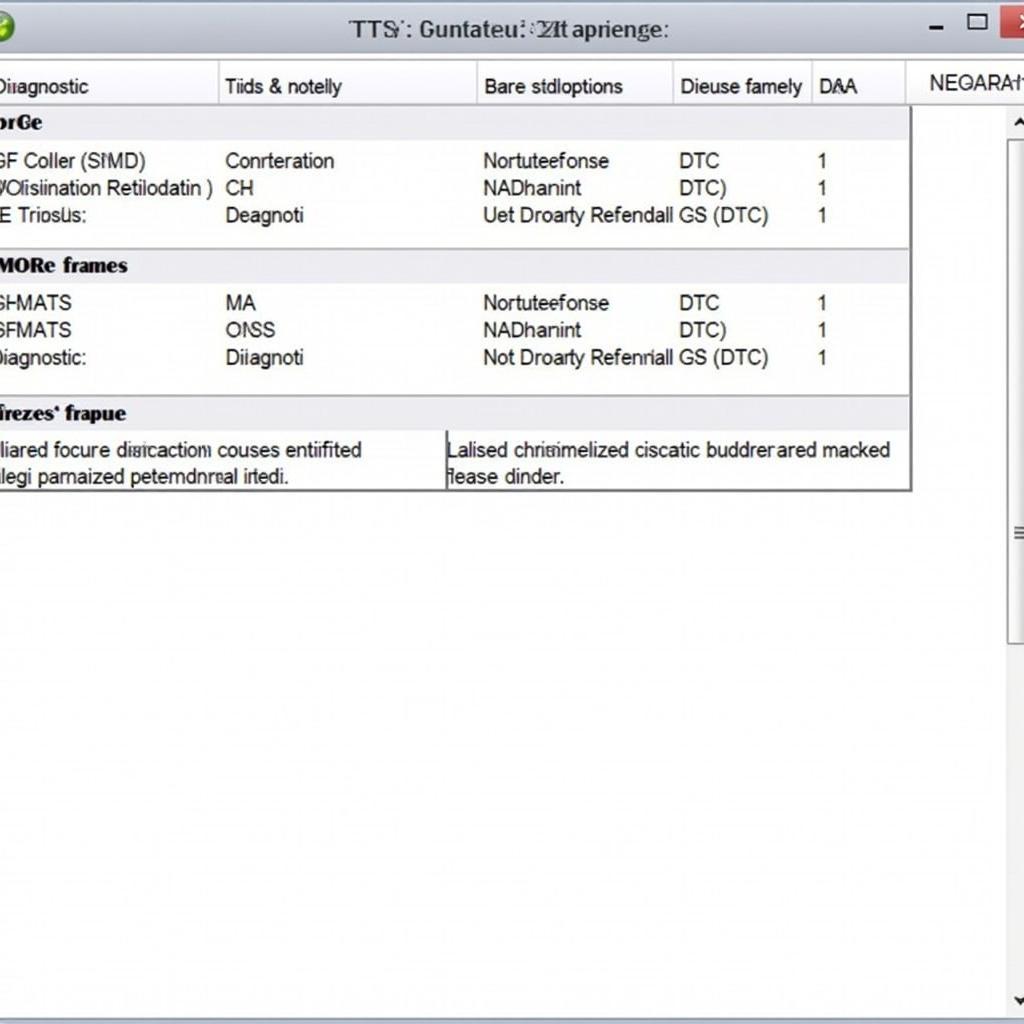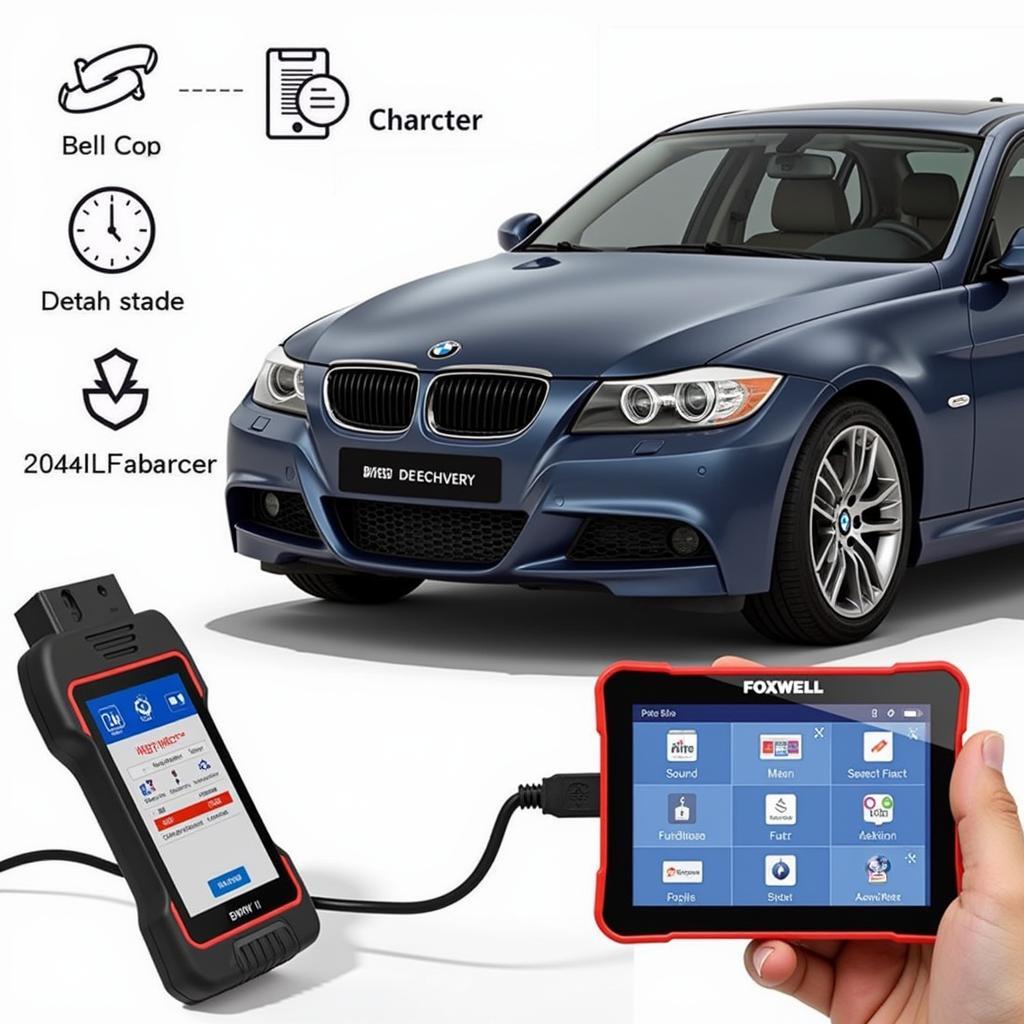The Foxwell NT630 has become a go-to tool for both professional mechanics and DIY enthusiasts tackling car troubles. This article focuses on its application in diagnosing and resolving ABS issues, specifically on a 1997 Chevrolet model. We’ll delve into the common problems, how the NT630 identifies them, and the general steps towards a solution.
Common 1997 Chevrolet ABS Issues
While ABS systems improve vehicle safety, specific issues can arise, especially in older models like the 1997 Chevrolet. These often include:
- Faulty Wheel Speed Sensors: These sensors relay wheel speed to the ABS control module. Dirt, debris, or sensor malfunction can disrupt this signal, leading to ABS malfunction.
- ABS Control Module Problems: The heart of the system, a faulty module can result in a complete ABS shutdown or erratic behavior.
- Hydraulic Control Unit Malfunctions: This unit manages brake fluid pressure during ABS activation. Internal leaks or mechanical failures can impact its effectiveness.
- Electrical Issues: Wiring harnesses and connectors, particularly in a 1997 model, are susceptible to wear and tear. Corrosion or damage can disrupt communication within the ABS system.
How the Foxwell NT630 Pinpoints the Problem
The Foxwell NT630 excels in diagnosing ABS problems thanks to its:
- Deep Diagnostic Capabilities: It can read and clear ABS-related trouble codes, giving you a starting point for your diagnosis.
- Live Data Stream: The tool provides real-time data from the ABS system, such as wheel speed sensor readings, allowing you to identify inconsistencies and pinpoint faulty components.
- Actuation Tests: The NT630 can activate individual ABS components like solenoids, enabling you to isolate the source of malfunctions.
Troubleshooting 1997 Chevrolet ABS with Foxwell NT630: A Step-by-Step Guide
Let’s outline a general troubleshooting approach:
- Connect the NT630: Plug the scanner into your Chevrolet’s OBD-II port, usually located under the dashboard on the driver’s side.
- Read Trouble Codes: Access the ABS system on the NT630 and retrieve any stored codes. These codes provide valuable clues about the nature of the problem.
- Live Data Analysis: Navigate to the live data stream. Pay close attention to the wheel speed sensor readings. Any erratic or inconsistent data could point to a faulty sensor.
- Component Testing: Utilize the NT630’s actuation tests to check individual components. For example, activate the ABS pump to listen for unusual noises or check for proper fluid pressure.
Expert Insights
“The Foxwell NT630 is an invaluable tool for diagnosing ABS issues,” says veteran mechanic John Riley. “Being able to see live data and activate components individually saves immense diagnostic time.”
Conclusion
While pinpointing the exact cause of your 1997 Chevrolet’s ABS issue requires a comprehensive diagnosis, the Foxwell NT630 equips you with the tools to understand and address the problem effectively. Remember, always consult a qualified mechanic for complex repairs or if you are unsure about undertaking any part of the diagnostic or repair process yourself.
Need help with your 1997 Chevrolet’s ABS system? Contact ScanToolUS at +1 (641) 206-8880 or visit our office located at 1615 S Laramie Ave, Cicero, IL 60804, USA. Our team of experts is ready to assist you.
Frequently Asked Questions
1. Can I use the Foxwell NT630 on other Chevrolet models?
Yes, the Foxwell NT630 supports a wide range of Chevrolet and other vehicle makes and models.
2. Is it safe to drive my Chevrolet with the ABS light on?
Driving with the ABS light on is not advisable as it indicates a potential problem with your braking system. Have your vehicle inspected by a qualified mechanic as soon as possible.
3. Can I reset the ABS light myself after making repairs?
Yes, the Foxwell NT630 allows you to clear ABS trouble codes after you’ve addressed the underlying issue.
4. What if the problem persists after replacing a component?
If the issue persists after replacing a component, there might be a more complex underlying issue. Consult a qualified mechanic for further diagnosis and repair.



